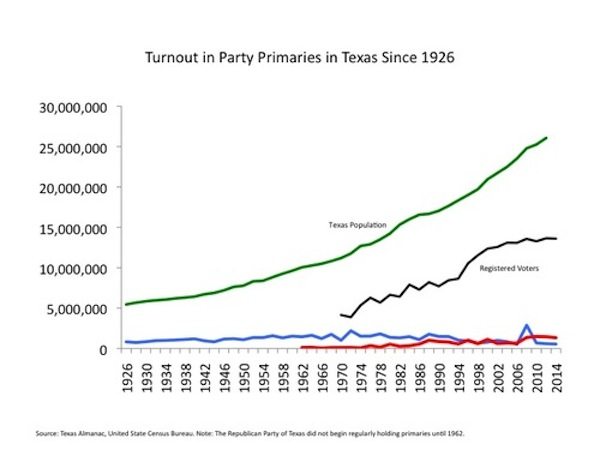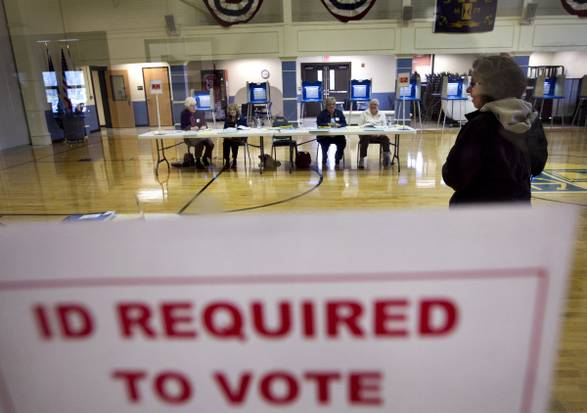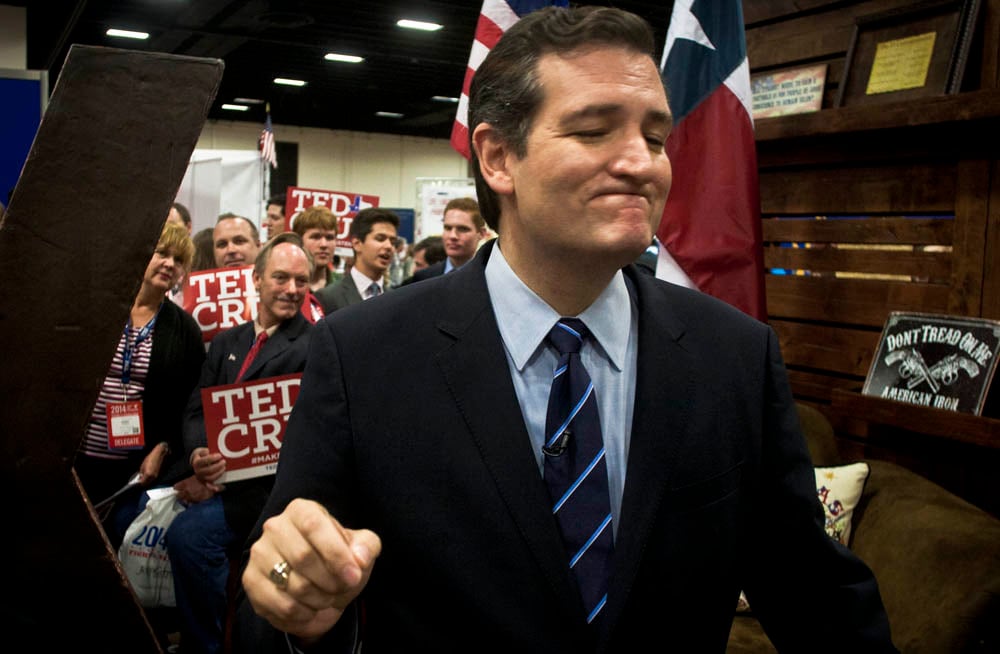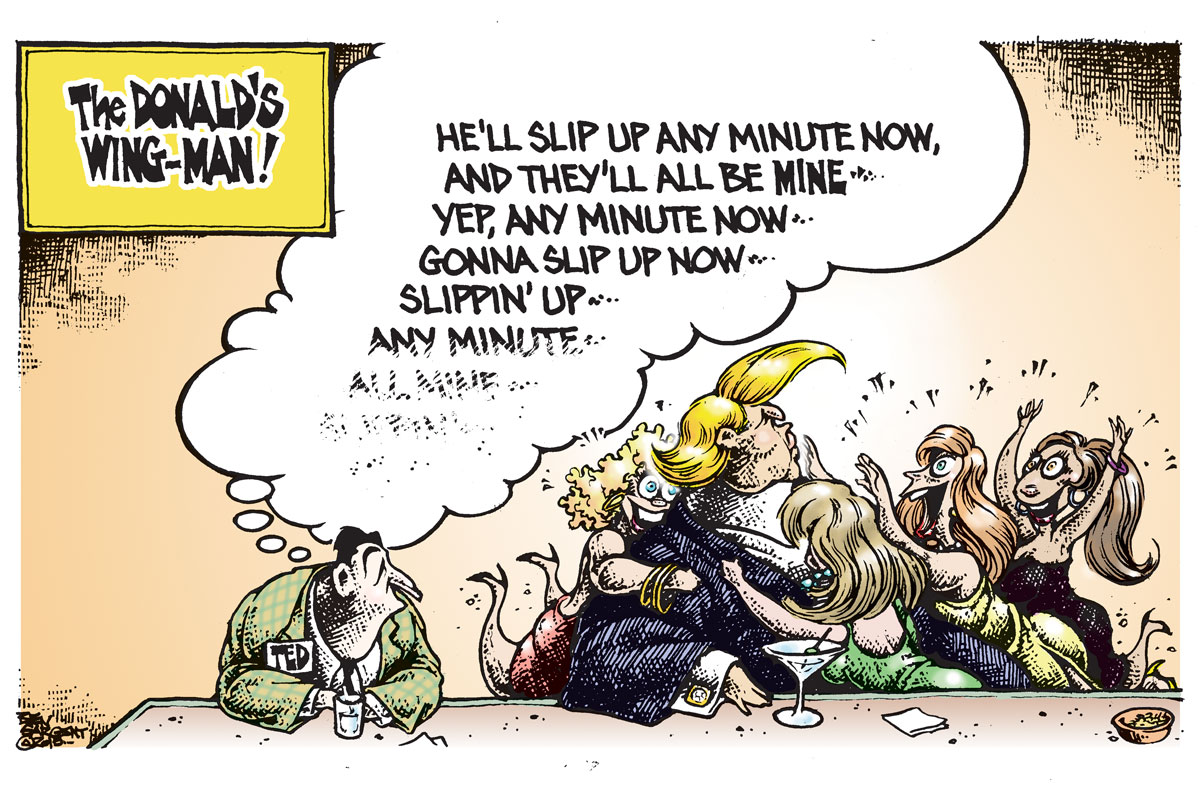Texas’ Undemocratic Party Primary System
The high-water mark for participation in a party primary? 1926.

Perhaps the most important thing to know about Texas politics is that very, very few people vote. That’s true in general elections—Texas ranks 51st in voter turnout, behind every other state and the District of Columbia—and it’s especially true in party primaries, where a small clique of die-hard party activists make the real decisions about who will run the state. But it wasn’t always so.
Michael Li, who runs an excellent blog about Texas redistricting and election law, has a quick look at the history of primary turnout since 1926. If you value democratic participation, it’s an astonishingly depressing reminder of how few voices actually matter in the state.
In 1926, for example, 821,234 Texans voted in the Democratic primary—at a time when the state had just barely over 5.4 million residents.
Contrast that to the 546,523 Texans who voted in the 2014 Democratic primary in a state that now is home to over 26 million people and more than 13.6 million registered voters.
Now, 1926 was a particularly heated election year—it saw an effort to dethrone the legendarily corrupt incumbent Governor “Ma” Ferguson—but it’s still a remarkable level of participation for a party primary. (Texas Republicans didn’t start holding regular party primaries until the 60’s.) A little more than 1 in 7 Texans voted in a party primary in 1926, despite the fact that formal and informal mechanisms barred all but whites from exercising the franchise.
But after a century of rapid population growth, 2014 saw a Democratic primary in which roughly only 1 in 48 Texans voted, and a Republican primary in which only about 1 in 20 voted. Li charted the astonishing level of apathy toward party primaries, even as Texas’ population soars:

The blue and red lines represent the number of votes in the Democratic and Republican primaries, respectively. The green line is Texas’ population, and black is the number of registered voters.
One reason people might be less inclined to vote in primary elections these days is that the general election would seem to matter more than it used to in the state. The Republican Party barely existed in 1926—that was year the GOP held its first statewide primary—and the general election was a rubber stamp that confirmed the results of the Democratic primary.
But for all practical purposes, Republicans have the same level of dominance in statewide offices that Democrats had in their period of one-party control. For the better part of two decades, the Republican primary has been the only election that really matters. Yet even within the GOP, primary turnout is remarkably low.
Indeed, for all the talk of Texas being a “red state,” recent Republican primary turnout has been no better in aggregate numbers than Democratic turnout in the 1940s and 50s (and lower as a percentage of the population).
And in only 8 out of 27 Republican primaries since 1962 – the year Texas Republicans began having regular primaries – has the turnout exceeded turnout in the 1926 Democratic primary.
Much of what’s happened to the state Republican Party in recent years is down to the simple fact that the average Texan has become less likely to vote in the GOP primary. It’s a fundamentally undemocratic situation that gives power brokers and small interest groups enormous leverage on the whole state government. And it seems unlikely to change any time soon.


